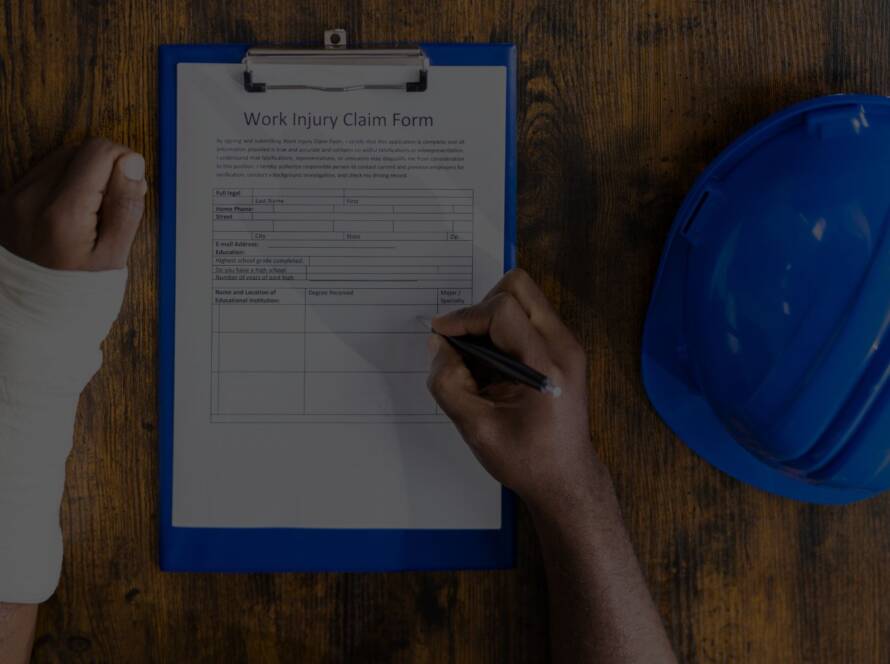When my grandmother became a victim of neglect in her care facility, it opened my eyes to the intricate world of nursing home abuse lawsuits. As an attorney specializing in these cases, I’ve seen firsthand how challenging they can be for all parties involved. The web of legal, emotional, and societal factors at play often goes unnoticed by those outside the field.
Did you know that approximately 1 in 10 seniors experience some form of abuse or neglect in nursing homes? This statistic from the National Center on Elder Abuse is just the tip of the iceberg. In reality, there are about 5 million elder abuse cases every year, with roughly 10% of all people over 60 reporting abuse.
These numbers are staggering, but they don’t tell the whole story. Behind each statistic is a real person, a family torn apart, and a system that’s failed those it’s meant to protect. That’s why I’ve created this comprehensive guide to nursing home abuse lawsuits.
The Hidden Complexities of Elder Care Litigation
Elder care litigation is far from straightforward. These cases often involve multiple defendants – the facility itself, individual staff members, and even parent companies. It’s not uncommon for a single case to require expert testimony from a range of professionals, including medical experts, psychologists, and elder care specialists.
The complexity doesn’t end there. We’re dealing with vulnerable individuals who may have difficulty communicating or remembering details. Add to that the emotional toll on families, the potential for retaliation against whistleblowers, and the intricate web of state and federal regulations governing nursing homes, and you’ve got a legal minefield.
I once handled a case where a resident suffered severe bedsores due to neglect. On the surface, it seemed straightforward. But as we dug deeper, we uncovered systemic issues within the facility – understaffing, inadequate training, and a corporate culture that prioritized profits over patient care. What started as a single incident of neglect turned into a much larger case exposing widespread institutional failures.
The Role of Institutional Culture in Abuse Cases
In my experience, the internal culture of a nursing home plays a crucial role in either fostering or preventing abuse. Facilities with a positive, resident-centered culture tend to have fewer instances of abuse and neglect. It’s not just about having the right policies on paper – it’s about how those policies are implemented and enforced day-to-day.
Institutional culture encompasses everything from leadership styles and staff training programs to communication protocols and resource allocation. A facility’s policies and procedures can be indicative of its commitment to resident safety and well-being. But here’s the kicker – even the best policies can’t prevent abuse if they’re not backed by a culture of care and accountability.
I’ve seen high-pressure environments with inadequate resources contribute to increased risk of abuse. When staff are overworked and underpaid, when there’s high turnover and insufficient training, the stage is set for neglect and abuse to occur.
A recent review of federal data revealed a shocking statistic: 90% of nursing homes have staffing levels too low to adequately care for their residents. This understaffing is often a direct result of a culture that prioritizes cost-cutting over quality care.
Whistleblower Dynamics in Nursing Home Settings
Whistleblowers play a vital role in exposing abuse, but the decision to come forward isn’t easy. I’ve worked with brave individuals who’ve risked their careers to protect vulnerable residents. These staff members often fear retaliation, which can significantly impact the strength of a lawsuit.
The legal landscape for whistleblowers in nursing homes is complex. Whistleblower protection laws vary by state, impacting the legal safeguards available to those who report abuse. At the federal level, the Nursing Home Reform Act of 1987 provides some protections for whistleblowers in long-term care facilities.
Successful whistleblower cases can result in both criminal charges and civil penalties for nursing homes. But the process is often long and challenging. I’ve seen cases where whistleblowers faced workplace harassment, demotions, or even termination for speaking out.
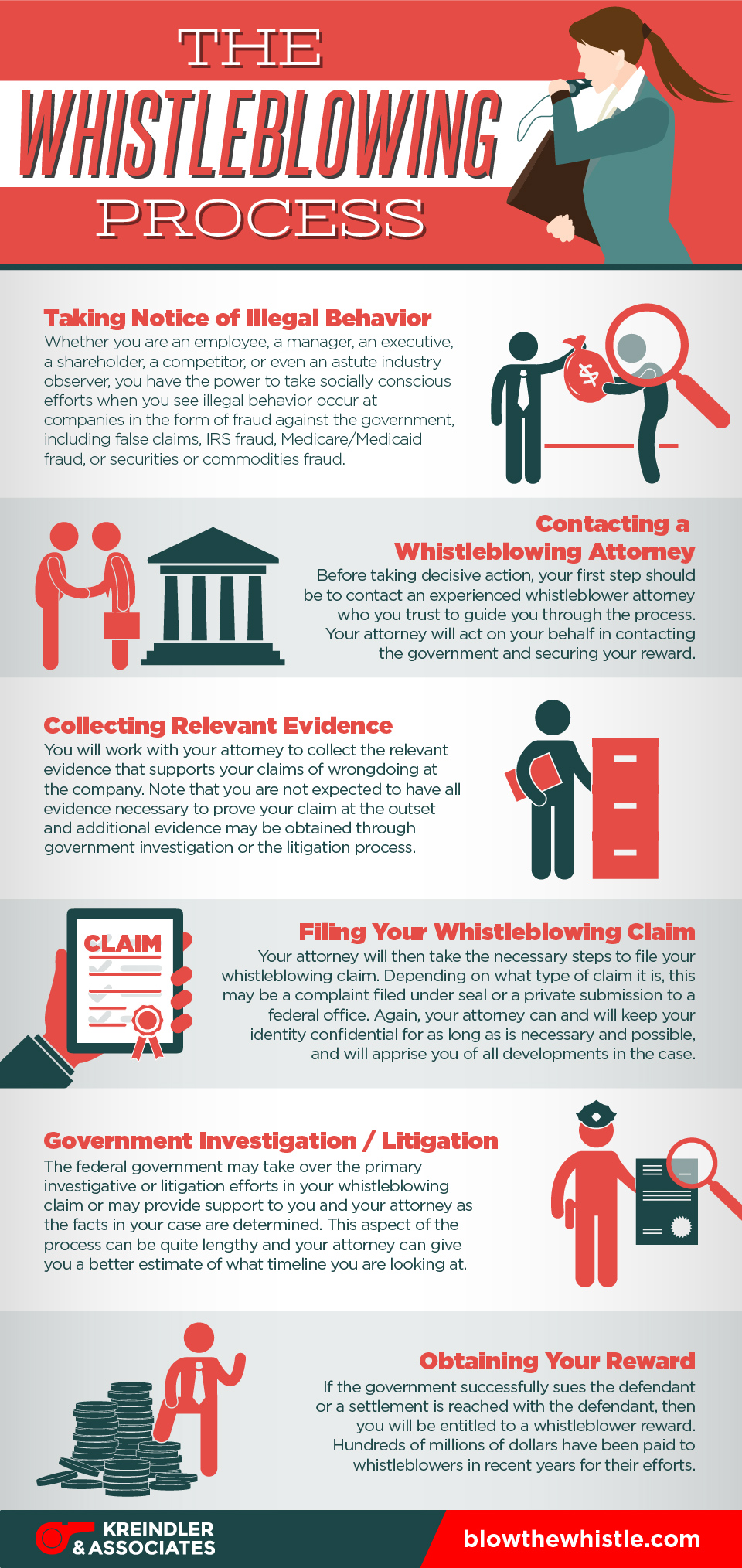
Source: blowthewhistle.com
The Impact of Staff Turnover on Care Quality and Legal Claims
High turnover rates in nursing homes are a major red flag. They often lead to inadequate training, understaffing, and increased risk of abuse. In my experience, facilities with stable staff tend to provide better care and face fewer lawsuits.
The numbers are alarming. The average turnover rate for nursing home staff exceeds 50% annually, according to recent industry reports. This revolving door of caregivers can have serious consequences for residents.
High turnover can result in gaps in resident care documentation, complicating abuse investigations. When staff members are constantly changing, it’s harder to maintain consistent care routines and spot changes in a resident’s condition. This lack of continuity can lead to missed signs of abuse or neglect.
I’ve seen cases where high turnover directly contributed to instances of neglect. In one particularly heartbreaking case, a resident with dementia wasn’t receiving her medications regularly because the constantly changing staff wasn’t properly trained on her care plan. The result was a rapid decline in her condition that could have been prevented with more stable staffing.
Facilities with consistent staffing often demonstrate better compliance with federal and state regulations. They’re able to provide more thorough training, maintain better documentation, and create a more stable environment for residents. All of these factors can significantly reduce the risk of abuse and neglect.
| Impact of Staff Turnover | Consequences |
|---|---|
| Inadequate Training | Increased risk of medication errors, falls |
| Understaffing | Neglect, missed care routines |
| Lack of Continuity | Poor communication, missed changes in resident condition |
| Low Staff Morale | Decreased quality of care, potential for abuse |
Technological Evidence in Elder Abuse Cases
Technology is changing the landscape of elder abuse cases. From surveillance cameras to electronic health records, digital evidence can make or break a lawsuit. I’ve seen cases where a single video clip provided irrefutable proof of abuse.
Digital evidence in elder abuse cases can include surveillance footage, electronic health records, and communication logs. But it’s not just about having the evidence – it’s about ensuring it’s admissible in court. The admissibility of digital evidence depends on factors such as chain of custody and data integrity.
In some cases, advanced forensic techniques may be required to authenticate and analyze complex digital evidence. I once worked on a case where we had to bring in a digital forensics expert to recover deleted security camera footage that ultimately proved crucial to our case.
The Double-Edged Sword of Surveillance Cameras
Hidden cameras in nursing homes are a controversial topic. While they can capture crucial evidence of abuse, they also raise significant privacy concerns. I’ve had to navigate the legal and ethical implications of such evidence in several cases.
Laws regarding hidden cameras in nursing homes vary by state, with some requiring consent from all parties. This can create challenges when families suspect abuse and want to install cameras without alerting staff.
Video evidence must be obtained legally to be admissible in court, which can be challenging in privacy-sensitive environments like nursing homes. I’ve seen cases thrown out because well-meaning families didn’t follow proper procedures when installing cameras.
The presence of cameras can act as a deterrent to abuse, but it may also create tension between residents, families, and staff. Some staff members feel it shows a lack of trust, while others welcome the accountability.
In a recent case, a family installed a hidden camera in their loved one’s room after suspecting neglect. The footage captured staff ignoring call buttons and rough handling during transfers. While this evidence was crucial in proving abuse, it also raised ethical questions about resident privacy and consent.
Electronic Health Records as Legal Tools
Electronic Health Records (EHRs) are a goldmine of information in abuse cases. They can provide a detailed timeline of care, or lack thereof. However, interpreting this data correctly requires expertise. I’ve worked with forensic analysts to uncover discrepancies in EHRs that proved crucial to our cases.
EHRs can reveal patterns of neglect, such as missed medication doses or infrequent position changes. Audit trails in EHRs can show who accessed records and when, potentially uncovering attempts to alter documentation after an incident.
Inconsistencies between EHRs and other forms of evidence, like witness statements or video footage, can strengthen a case of abuse or neglect. I’ve seen cases where staff documented care that video evidence proved never happened.
The growing reliance on EHRs in healthcare settings has significant implications for nursing home abuse cases. According to recent market research, the global EHR market is expected to reach $33.41 billion by 2025. This growth means that more and more evidence in these cases will be digital.
The emotional impact of pursuing a lawsuit on already traumatized elders is often overlooked. As an attorney, I’ve seen how the legal process can be both empowering and draining for survivors. It’s crucial to approach these cases with sensitivity and understanding.
Elder abuse survivors may experience re-traumatization during depositions and court proceedings. The stress of litigation can exacerbate existing health conditions in elderly plaintiffs. I’ve had cases where we’ve had to carefully balance the pursuit of justice with the well-being of our clients.
It’s not just about winning the case – it’s about ensuring that the process itself doesn’t cause further harm. This is where a trauma-informed approach to legal representation becomes crucial.
[This video provides insights into the psychological effects of elder abuse and the importance of support during legal proceedings.]
Source: YouTube
Trauma-Informed Legal Representation
Adopting a trauma-informed approach is essential when representing elder abuse survivors. This means being aware of the potential for re-traumatization and adapting our legal strategies accordingly. I’ve found that this approach not only supports the client’s well-being but also strengthens the case.
Trauma-informed legal practice involves understanding the neurobiological impacts of trauma on memory and testimony. This knowledge can be crucial when preparing clients for depositions or court appearances. We often need to use specialized interviewing techniques to gather information without causing additional distress.
Collaboration with mental health professionals can help attorneys better support their clients throughout the legal process. I’ve worked closely with therapists who specialize in elder trauma to ensure my clients have the emotional support they need during what can be a grueling legal journey.
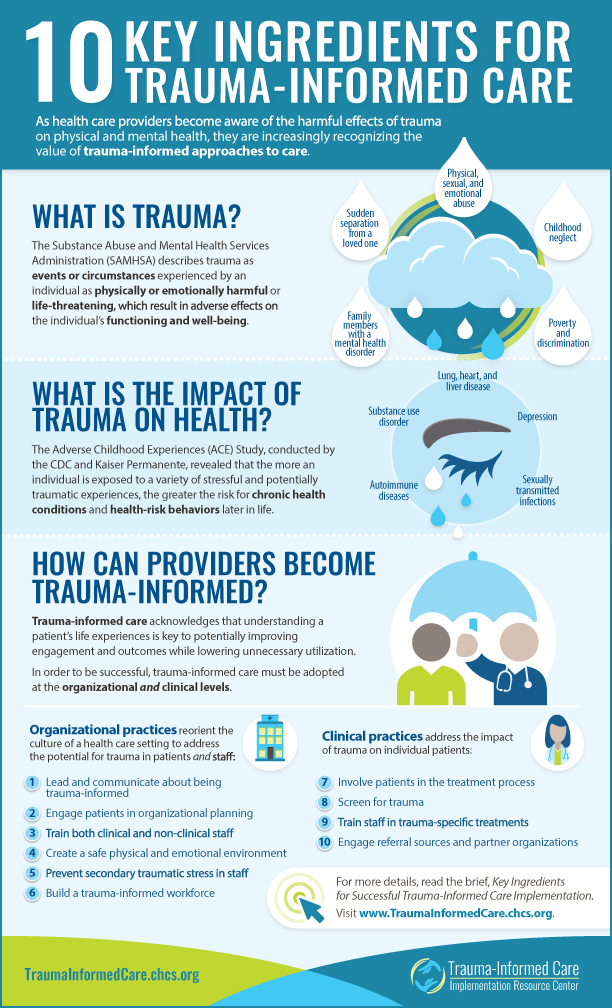
Source: chcs.org
For more information on our approach to supporting survivors through the legal process, check out our article on supporting elder abuse survivors through the legal process.
The Role of Mental Health Professionals in Case Preparation
Collaborating with mental health experts is often crucial in elder abuse cases. These professionals can help assess the psychological impact of abuse and provide expert testimony. I’ve worked closely with geriatric psychiatrists and trauma specialists to build stronger cases while supporting my clients’ mental health.
Mental health professionals can provide expert testimony on the psychological effects of elder abuse. This testimony can be powerful in helping juries understand the full impact of the abuse, beyond just physical injuries.
Psychological evaluations can help establish damages related to emotional distress and diminished quality of life. These evaluations can be crucial in securing fair compensation for our clients.
Therapists may assist in preparing elderly clients for the emotional challenges of depositions and court appearances. I’ve seen how this preparation can make a significant difference in a client’s ability to testify effectively.
In a recent case involving emotional abuse, we brought in a geriatric psychologist to assess our client. Their expert testimony on the long-term effects of emotional abuse in elderly individuals was instrumental in securing a substantial settlement for our client.
Long-Term Effects of Litigation on Family Dynamics
Pursuing a nursing home abuse lawsuit can have lasting effects on family relationships. I’ve seen cases where the process brought families closer together, and others where it caused deep rifts. Understanding and managing these dynamics is an important part of my role as an attorney.
Family members may experience secondary trauma or guilt when learning details of abuse during litigation. It’s not uncommon for adult children to feel responsible for not noticing signs of abuse earlier. This guilt can complicate family relationships and the legal process.
The financial implications of a lawsuit can create tension among family members, especially regarding settlement decisions. I’ve had cases where siblings disagreed about whether to accept a settlement offer or push for a trial. These disagreements can strain family ties.
Power of attorney disputes may arise during litigation, complicating the legal process. I’ve seen cases where family members challenge existing power of attorney arrangements, leading to additional legal proceedings alongside the abuse lawsuit.

Source: coachingagingadults.com
Navigating Family Disagreements in Legal Decision-Making
Family conflicts can complicate nursing home abuse lawsuits. Disagreements about legal strategies or settlement terms are common. I’ve developed strategies to help families navigate these challenges while keeping the best interests of the abuse survivor at the forefront.
Mediation techniques can be employed to resolve family disputes without compromising the legal case. I often bring in neutral third parties to facilitate discussions between family members who disagree on how to proceed with the lawsuit.
Clear communication about the roles of different family members in the legal process can prevent misunderstandings. I make it a point to have frank discussions with all involved family members about what to expect throughout the litigation process.
In some cases, the court may appoint a guardian ad litem to represent the interests of the elderly plaintiff. This can be particularly helpful when family disagreements are impacting the progress of the case.
I once handled a case where two siblings were at odds about whether to accept a settlement offer. We arranged a family meeting with a professional mediator, which helped the siblings understand each other’s perspectives and ultimately come to an agreement that was in their mother’s best interest.
Innovative Approaches to Nursing Home Lawsuit Settlements
Traditional monetary settlements don’t always address the full scope of harm caused by nursing home abuse. I’ve been exploring alternative settlement options that can lead to more meaningful resolutions and systemic changes in elder care.
Non-monetary settlement terms may include mandated staff training programs or facility improvements. I’ve negotiated settlements that required nursing homes to implement new abuse prevention protocols or upgrade their monitoring systems.
Some settlements incorporate ongoing monitoring of the facility to ensure compliance with agreed-upon changes. This can provide peace of mind for families and help prevent future instances of abuse.
It’s worth noting that the financial stakes in these cases can be significant. A study found that the average nursing home neglect settlement is estimated at $406,000, with some families receiving $1 million or more. But money alone doesn’t always bring closure or prevent future abuse.
Restorative Justice in Elder Abuse Cases
Applying principles of restorative justice to nursing home abuse cases can lead to more satisfying outcomes for all parties
Restorative Justice in Elder Abuse Cases
Applying principles of restorative justice to nursing home abuse cases can lead to more satisfying outcomes for all parties. This approach focuses on healing and accountability rather than just punishment. I’ve facilitated restorative justice processes that have resulted in profound changes in nursing home practices.
Restorative justice programs in elder abuse cases may involve facilitated dialogues between victims, perpetrators, and facility management. These conversations can be powerful tools for healing and change.
These processes can lead to personalized apologies, commitments to change, and community service requirements. I’ve seen abusive staff members take responsibility for their actions and commit to improving their care practices.
Restorative approaches can address the emotional needs of victims in ways that traditional litigation often cannot. For many of my clients, hearing a sincere apology and seeing concrete steps taken to prevent future abuse is more healing than any monetary settlement.
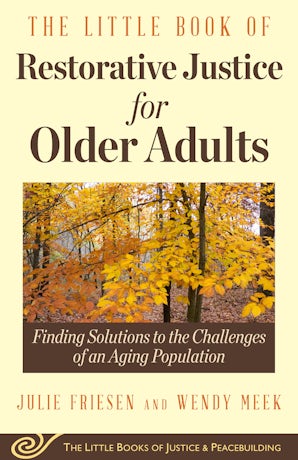
Source: imgix.net
Facilitated Dialogues Between Victims and Institutions
Incorporating facilitated conversations between abuse survivors and nursing home representatives can be a powerful part of the settlement process. These dialogues can provide closure for victims and insight for institutions. I’ve seen these conversations lead to meaningful policy changes and improved care practices.
Trained facilitators are crucial in managing these sensitive conversations to ensure a safe and productive environment. The facilitators help guide the conversation, ensuring all parties feel heard and respected.
Legal safeguards must be in place to protect both parties during these dialogues, including confidentiality agreements. We always ensure that these conversations can’t be used against our clients in any future legal proceedings.
The outcomes of these conversations can inform the terms of settlements, leading to more tailored and effective resolutions. I’ve seen cases where insights gained from these dialogues led to innovative settlement terms that addressed the root causes of abuse.
Policy-Driven Settlements
Structuring settlements to include commitments to policy changes can address the root causes of abuse. I’ve negotiated settlements that go beyond monetary compensation to require specific improvements in care practices, staff training, and oversight.
Policy-driven settlements may include requirements for increased staffing ratios or enhanced abuse prevention training. These changes can have a lasting impact on the quality of care provided to all residents, not just the victim in the case.
These settlements often involve ongoing monitoring and reporting to ensure compliance with agreed-upon changes. This accountability helps ensure that the facility follows through on its commitments.
Failure to adhere to policy changes stipulated in settlements can result in additional legal consequences for nursing homes. This provides a strong incentive for facilities to implement and maintain the required changes.
| Policy Change | Potential Impact |
|---|---|
| Increased Staffing Ratios | Improved resident care, reduced neglect |
| Enhanced Staff Training | Better abuse prevention, higher quality care |
| Improved Reporting Systems | Quicker identification of issues, increased accountability |
| Regular External Audits | Ongoing compliance, sustained improvements |
Community Benefit Agreements in Abuse Settlements
Some settlements can include provisions for community-wide improvements in elder care. This approach extends the impact of a single case to benefit a broader population. I’ve worked on cases where settlements funded local elder abuse prevention programs or community health initiatives.
Community benefit agreements may involve partnerships with local organizations to implement elder care improvements. These partnerships can leverage local expertise and resources to create more effective programs.
These agreements can include funding for public awareness campaigns about elder abuse prevention. Raising awareness can help prevent future cases of abuse and encourage earlier reporting of suspected abuse.
The tax implications of community benefit provisions in settlements must be carefully considered. We always work with tax experts to ensure these provisions are structured in a way that maximizes their impact while complying with tax laws.
The Intersection of Criminal and Civil Proceedings in Nursing Home Abuse
Nursing home abuse cases often involve both criminal and civil components, creating a complex legal landscape. Navigating these parallel proceedings requires careful strategy and coordination. I’ve handled cases where the outcomes of criminal investigations significantly impacted our civil litigation approach.
The burden of proof differs between criminal (beyond a reasonable doubt) and civil (preponderance of evidence) cases. This difference can affect how we approach evidence gathering and case presentation in civil proceedings.
Evidence gathered in criminal investigations may be used in civil proceedings, but timing and disclosure rules apply. We often have to coordinate with prosecutors to ensure we have access to all relevant evidence without compromising the criminal case.
A recent case in Santa Clara illustrates the complexity of these parallel proceedings. The KTVU report “Lawsuit: Elderly woman beaten to death at Santa Clara nursing home” details a situation where both criminal charges and a civil lawsuit are being pursued simultaneously.
Coordinating Civil and Criminal Investigations
Effectively managing the interplay between civil lawsuits and criminal investigations is crucial. It requires a delicate balance to ensure that one process doesn’t negatively impact the other. I’ve developed strategies to coordinate with law enforcement and prosecutors while protecting my clients’ interests in civil cases.
Civil attorneys may need to work with prosecutors to schedule depositions that don’t interfere with criminal proceedings. This coordination can be challenging but is essential to ensure the integrity of both cases.
Information sharing between civil and criminal investigations is subject to strict legal and ethical guidelines. We must be careful not to inadvertently compromise the criminal case while building our civil case.
The timing of civil proceedings may be strategically adjusted based on the progress of criminal investigations. Sometimes, it’s beneficial to delay civil proceedings until after the criminal case concludes.
The Impact of Criminal Proceedings on Civil Discovery
Ongoing criminal investigations can significantly affect the civil discovery process. They may limit access to crucial evidence or witnesses. I’ve had to navigate these challenges, finding creative ways to build our civil case while respecting the boundaries of criminal proceedings.
Defendants in criminal cases may invoke their Fifth Amendment rights, limiting their participation in civil depositions. This can make it challenging to gather testimony from key witnesses in the civil case.
Evidence sealed in criminal proceedings may be inaccessible for civil discovery without a court order. We often have to petition the court for access to this evidence, which can be a time-consuming process.
The outcome of criminal trials can influence the trajectory of civil lawsuits, potentially leading to quicker settlements. A criminal conviction can provide powerful leverage in civil settlement negotiations.
Leveraging Criminal Convictions in Civil Cases
Criminal convictions can significantly strengthen civil lawsuits. They can provide powerful evidence of wrongdoing and influence settlement negotiations. I’ve successfully used criminal convictions to bolster civil cases, but timing and strategic considerations are crucial.
A criminal conviction can be used as evidence of liability in a civil case under the doctrine of collateral estoppel. This legal principle can streamline the civil case by establishing certain facts as already proven.
The timing of civil proceedings in relation to criminal trials can impact the admissibility of criminal case evidence. We often have to carefully time our civil case to maximize the benefit of any criminal proceedings.
Plea agreements in criminal cases may contain admissions that can be leveraged in civil litigation. These admissions can be powerful tools in establishing liability in the civil case.
Navigating Fifth Amendment Issues in Parallel Proceedings
When defendants invoke their Fifth Amendment rights in criminal proceedings, it can complicate civil litigation strategies. I’ve had to adapt my approach in cases where key witnesses refused to testify in civil depositions due to ongoing criminal investigations.
In civil cases, courts may allow negative inferences to be drawn from a defendant’s invocation of the Fifth Amendment. This can be a powerful tool in civil litigation, but it must be used carefully.
Timing civil depositions strategically can sometimes circumvent Fifth Amendment issues if criminal proceedings conclude first. We often work closely with criminal prosecutors to coordinate the timing of our civil case.
Protective orders may be used to limit the disclosure of potentially incriminating civil testimony in criminal proceedings. These orders can help encourage witnesses to testify in civil cases without fear of self-incrimination in criminal proceedings.
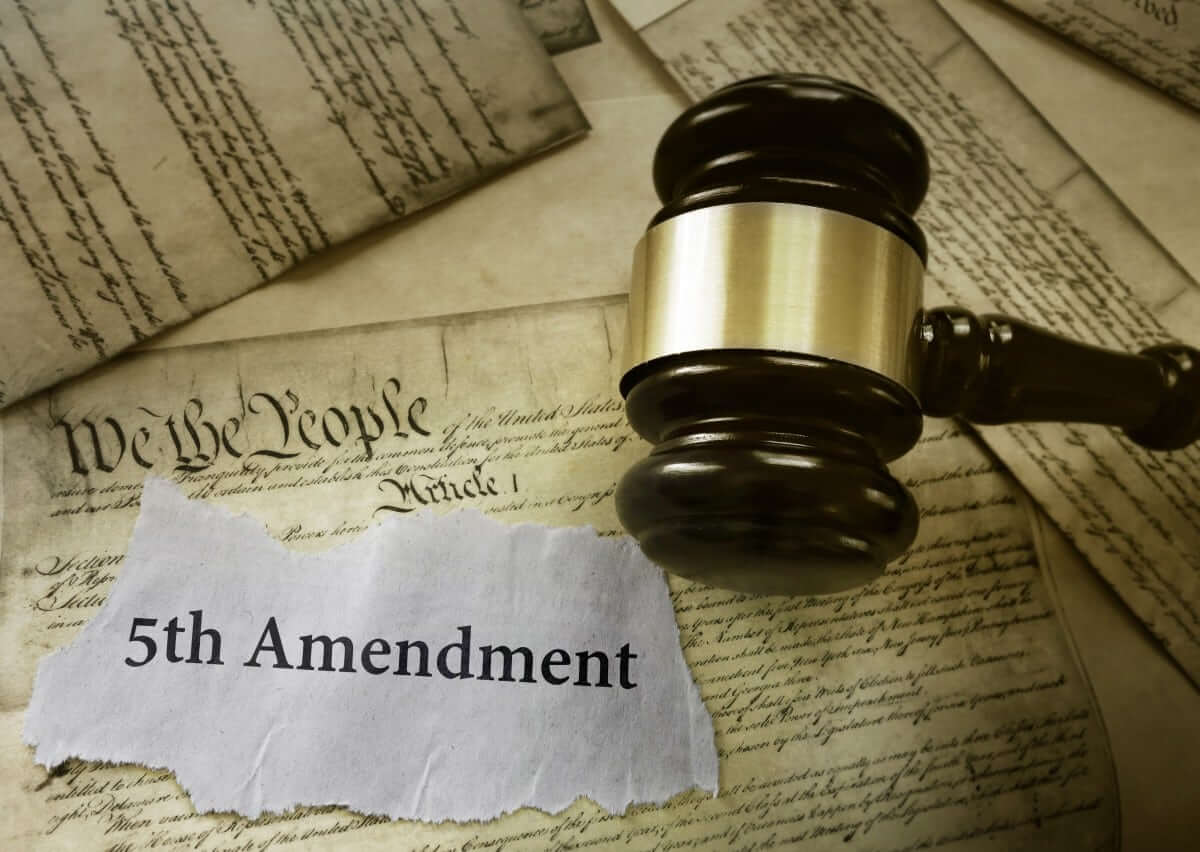
Source: 832law.com
Nursing home abuse lawsuits are complex, emotionally charged cases that require specialized knowledge and a compassionate approach. At Ultra Law, we understand the unique challenges these cases present. Our team is dedicated to providing personalized representation and support throughout the legal process.
We recognize that each case is unique and requires a tailored strategy. Whether you’re dealing with institutional negligence, staff misconduct, or systemic failures, we’re here to fight for your rights and ensure justice is served. Our experience in handling both the civil and criminal aspects of nursing home abuse cases allows us to navigate these complex waters effectively.
If you or a loved one has experienced abuse or neglect in a nursing home, don’t face this challenging time alone. Contact Ultra Law today for a free consultation. We’re committed to being your dedicated advocates and helping you achieve the best possible outcome for your case.
Key Learnings Recap
- Nursing home abuse lawsuits involve complex legal, emotional, and societal factors
- Institutional culture plays a crucial role in preventing or fostering abuse
- Technological evidence, including surveillance footage and electronic health records, can be pivotal in these cases
- The psychological impact of litigation on elder abuse survivors must be carefully managed
- Innovative settlement approaches can lead to meaningful systemic changes in elder care
- Navigating the intersection of criminal and civil proceedings requires strategic coordination
For more information on how we approach nursing home abuse cases, visit our page on our commitment to elder justice.



